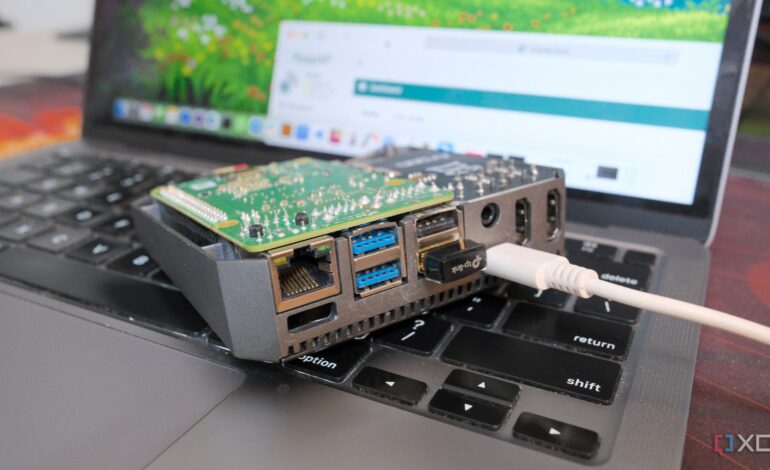Create a Secure Travel Router with Raspberry Pi for Your Journeys

Traveling often means relying on hotel or public Wi-Fi, which can pose significant security risks. To address this concern, tech enthusiasts are turning to the Raspberry Pi as a versatile solution to create a secure travel router. This DIY project combines the functionalities of a traditional router with a VPN, providing users with a private and encrypted internet connection while on the move.
For those who frequently travel, ensuring a secure and reliable internet connection is paramount. Many have experienced the challenges of using USB 4G/5G modems, often encountering high costs and inconsistent mobile coverage. The advent of VPN technology has alleviated some concerns, but sharing that secure connection among multiple devices can be cumbersome.
Setting up a Raspberry Pi as a travel router allows users to connect to hotel or public Wi-Fi networks and rebroadcast that connection as a secure hotspot for personal devices. This method not only saves on mobile data but also encrypts all traffic, safeguarding users from potential threats.
Building Your Travel Router
To get started, you will need a Raspberry Pi 3 or higher, a 32GB microSD card, and a compatible USB Wi-Fi adapter. The TP-Link Archer T2U Nano (AC600) is a recommended choice due to its compatibility with Raspberry Pi and Linux systems. Users should verify adapter compatibility through resources that list supported USB Wi-Fi adapters before making a purchase.
Once equipped, the setup process can be relatively straightforward. The first step involves installing the necessary drivers for the Wi-Fi adapter, which can be accomplished using Aircrack-ng. After configuring the adapter, the next phase is installing RaspAP on the Raspberry Pi. This software simplifies the process of creating a private hotspot, allowing users to easily manage settings such as the hotspot password, DHCP range, and firewall configurations.
While captive portals can complicate the connection process, especially when they bind to a MAC address, utilizing the Raspberry Pi OS with Desktop version can mitigate some risks. This version allows for a more user-friendly interface during setup.
Integrating a VPN for Enhanced Security
In addition to functioning as a router, the Raspberry Pi can also serve as a VPN box. For travelers, a plug-and-play VPN solution is preferable. By using a service like SurfShark, users can configure the Raspberry Pi with the WireGuard protocol, which is known for its speed and security. After logging into SurfShark and selecting the manual setup option, users can generate the necessary key pairs to complete the VPN configuration.
This setup not only maintains anonymity through shared IP addresses but also allows users to bypass geo-blocking restrictions. However, relying on third-party VPN services can lead to ongoing costs; many users find themselves paying approximately $60 annually for such services without the ability to customize DNS settings or access home devices.
For those who wish to have more control, transferring the VPN setup to a Virtual Private Server (VPS) can be an effective solution. Running WireGuard on a VPS allows users to access their home network services, such as Network-Attached Storage (NAS) or home labs, while avoiding potential exposures associated with traditional routers.
Overall, combining the capabilities of a travel router and a VPN box into a Raspberry Pi unit provides travelers with a customizable, secure solution to their connectivity needs. This DIY project not only enhances online security but also allows for greater control over data traffic. As reliance on public Wi-Fi grows, creating a secure travel router with Raspberry Pi can be an invaluable tool for anyone looking to protect their digital footprint while exploring the world.






